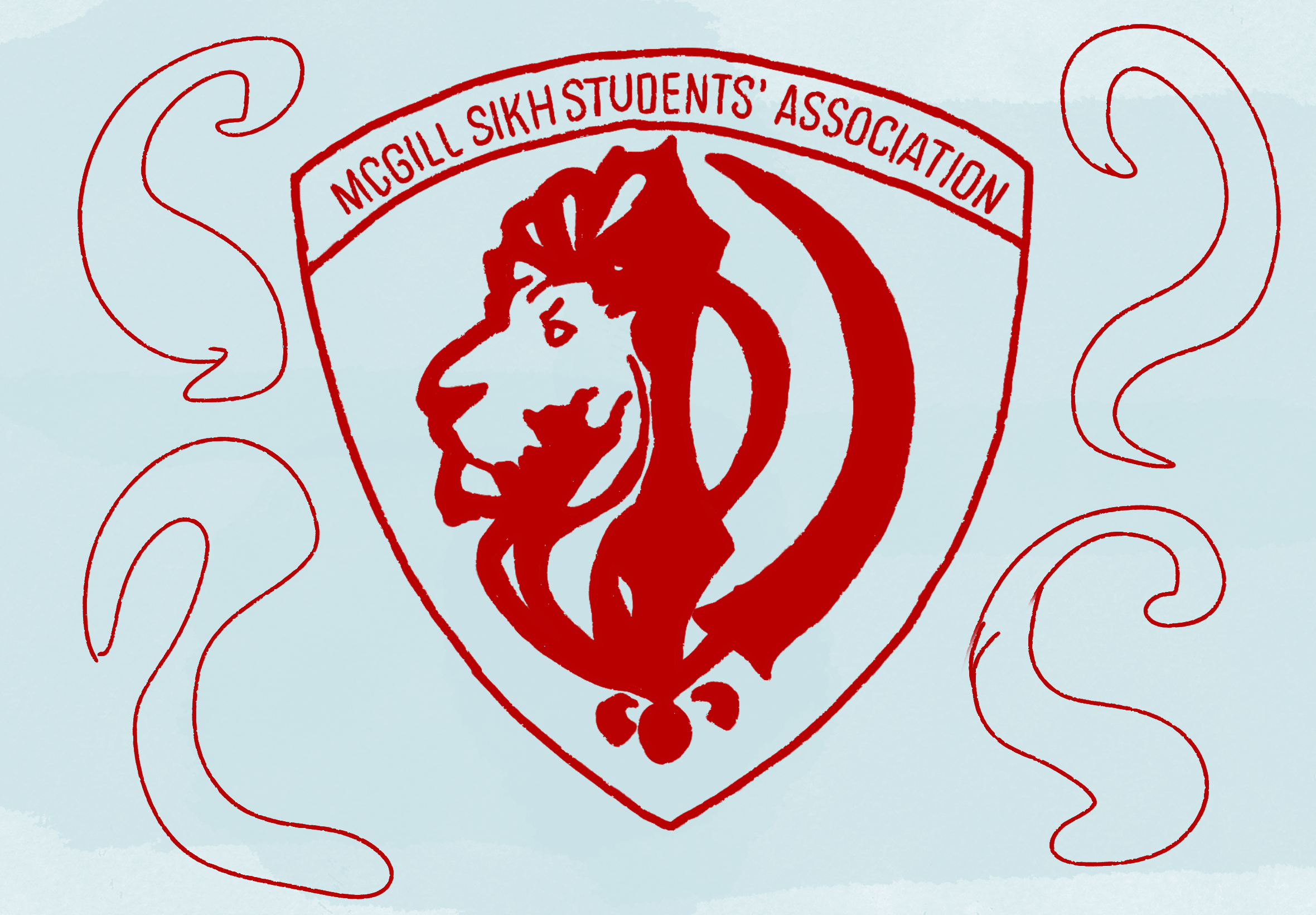In the workforce, employers often frame LinkedIn as an essential social media platform for those looking to enter the job market. For university students, LinkedIn’s most prominent features are its networking, job search, and job recruitment features, so most only join once they begin looking for internships or post-graduation employment. However, how necessary is it really for university students, many of whom aren’t actively looking to start their careers just yet? Is LinkedIn just a place to boast club and extra-curricular involvement? The Tribune investigated the benefits of LinkedIn for students and explains how to create a profile that will stand out to potential employers.
What is LinkedIn?
LinkedIn allows users to build a network, search and recruit for jobs, and share career news and ideas. A typical profile includes a professional headshot, a personalized headline, past and current education and job experiences, and a short summary of the user’s professional identity, including their goals and specific skills. Users can connect with and explore industries, companies, and specific individuals they are interested in. Through these connections, they can grow a professional network and explore job opportunities.
What if I’m not looking for a job/internship right now?
While job-seekers often use LinkedIn to search for openings, businesses also use the platform to recruit future employees. Even if you aren’t on the search for a new job or internship, putting your professional self out there with a strong profile and summary can help to open yourself up to potential opportunities to build a network or to be recruited.
What if I don’t know what type of job I may want?
For others, who aren’t entirely sure of what path they may want to take after school, simply building a LinkedIn profile can serve as invaluable practice at developing a “personal brand” by linking together your past experiences and your skills. Creating your LinkedIn profile is a brainstorming exercise that can help make it clear what your strengths and interests are.
Further, the platform has an excellent search feature that can help students explore potential industries and career paths. Using the “People” search option, you can type in keywords that correspond to your interests. For example, if you are interested in fashion and want to find McGill Alumni who use that keyword, you can type in “‘McGill’ AND ‘fashion.’” Researching how real people have turned their interests and achievements into careers can be a very enlightening way to explore the numerous career paths you could pursue.
How to get started
Keep it professional, people. Using a professional profile photo and background is a great first step when setting up your LinkedIn. A quick Google search will yield many articles detailing the nitty-gritty of how to craft a stand-out summary or what specific past experiences and skills to include. The overwhelming consensus of these articles is that being concise is crucial. Your LinkedIn should not be the same as your CV—rather, it’s best used as a personalizing supplement to your CV.
If you’re interested in more specific help, the McGill Career Planning Service has resources online, as well as advising opportunities to help you not only create but get the most out of the site and what it offers.
Is it for me?
Making a LinkedIn profile shouldn’t be difficult or stressful. That being said, it is your professional online presence and likely the first social media platform that potential employers will see. Once you create one, diligence in maintaining, monitoring, and using proper etiquette will be key.
Most of us fall somewhere along the spectrum of “no clue what I’m doing after school” to “I am so ready to start my career!” Regardless of where you’re at, LinkedIn can prove to be an invaluable tool for any student with the time and intention to build and maintain it.








